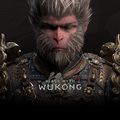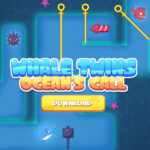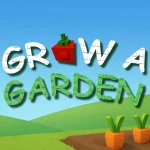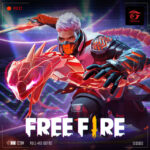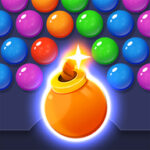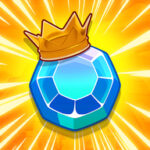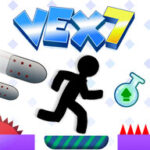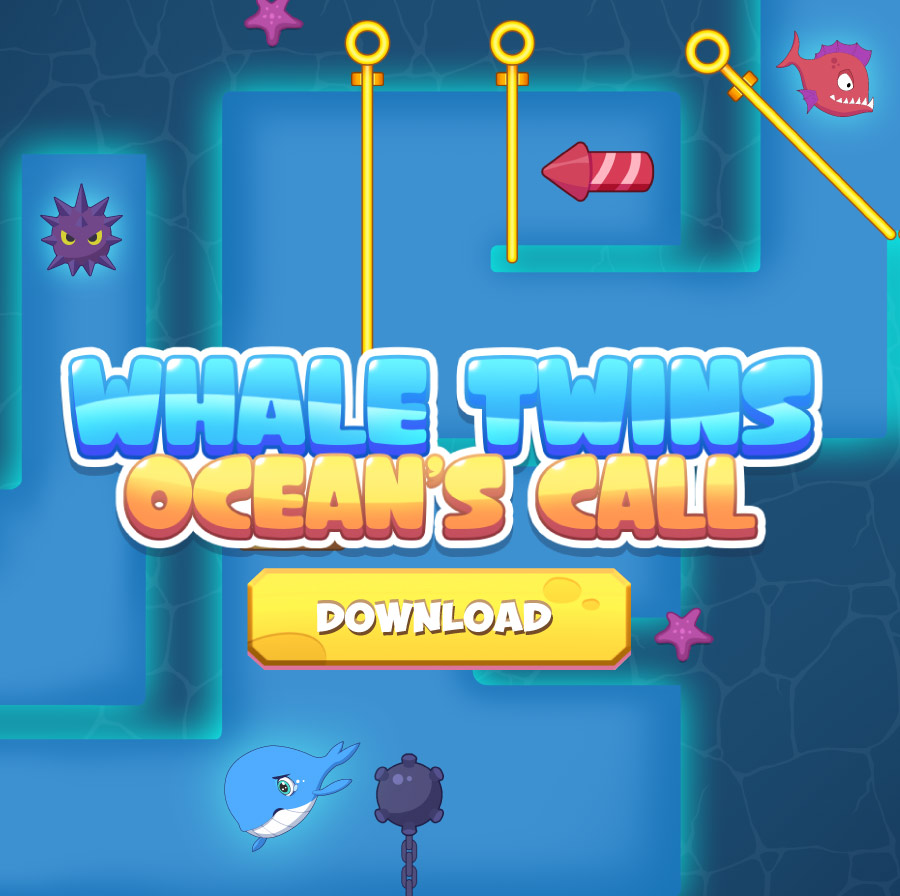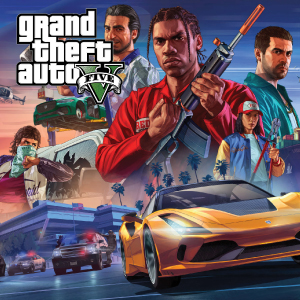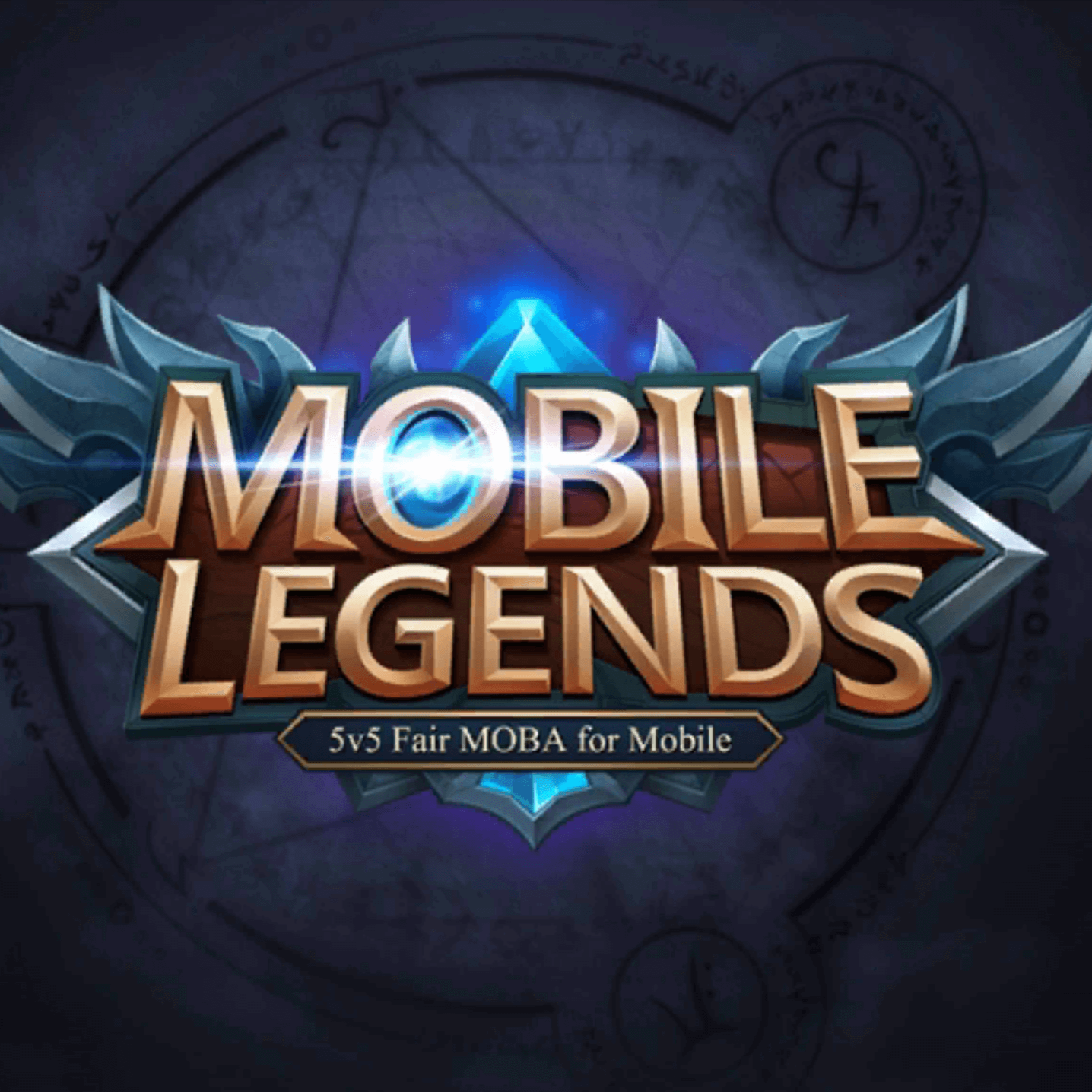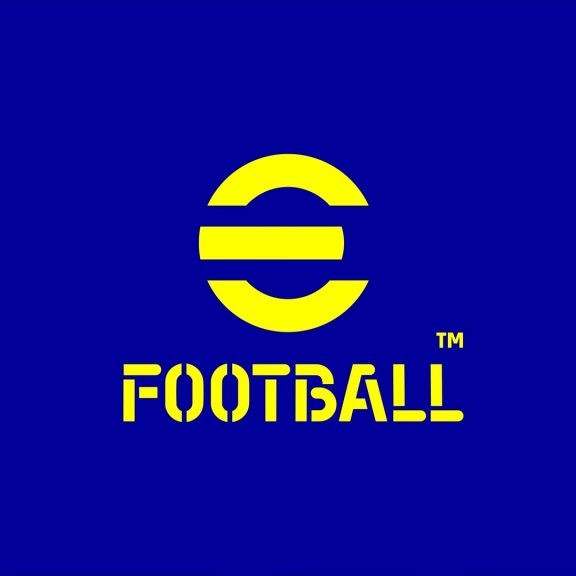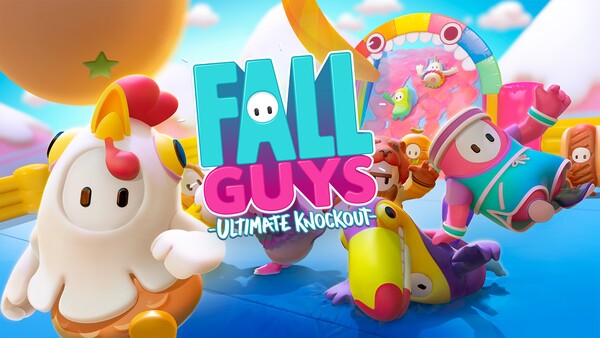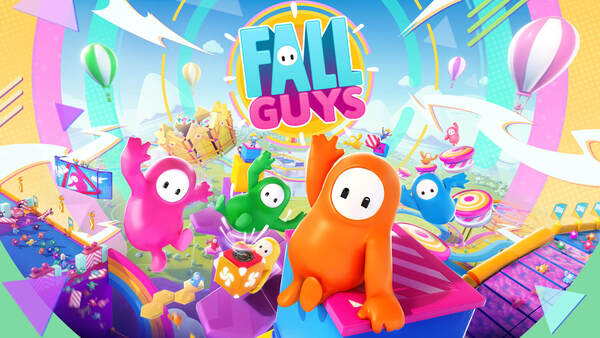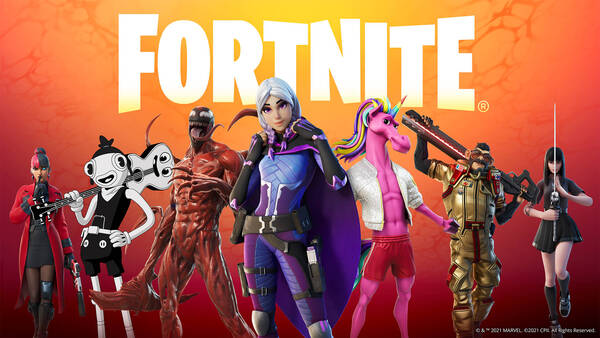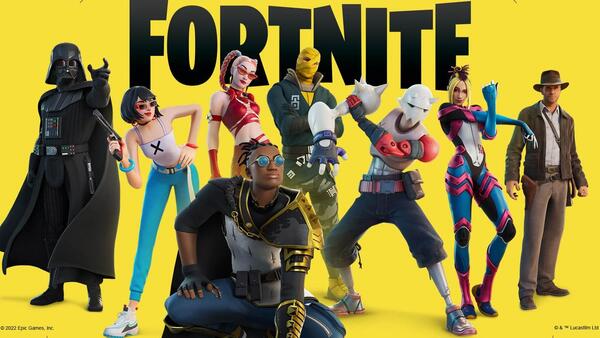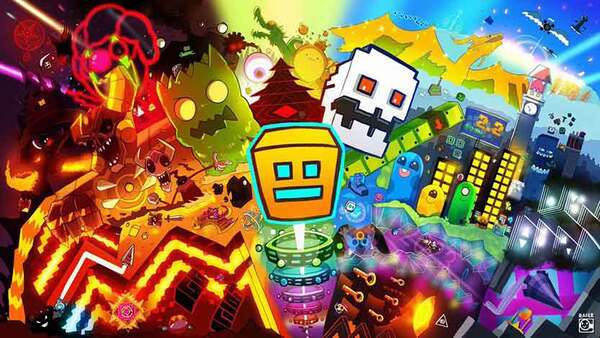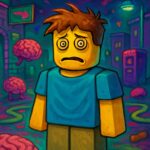Minecraft: The Infinite Sandbox That Shaped a Generation
Since its quiet release in 2009, Minecraft has grown into one of the best-selling and most beloved video games of all time. What began as a minimalist sandbox project by Markus “Notch” Persson turned into a cultural phenomenon, inspiring creativity, education, and entire industries around it.
More than a decade later, the blocky world of Minecraft is still going strong with updates, massive communities, and a timeless appeal that transcends age, skill level, and platform.
This article explores Minecraft’s history, gameplay evolution, creative depth, educational uses, and why millions still return to build, survive, and explore.
1.The Origins: How Minecraft Began
A Humble Project
Minecraft started in 2009 as a personal project by Swedish programmer Markus Persson.
Influenced by games like Dwarf Fortress and Infiniminer, it combined open-ended building with survival mechanics.
Rapid Growth
Released as an alpha version, it quickly attracted attention for its simple yet addictive gameplay.
Community-driven feedback shaped the game's early development, adding multiplayer, new blocks, and mobs.
By 2011, Minecraft officially launched and was already a global sensation.
2.Core Gameplay: Build, Survive, Explore
Survival Mode
Players gather resources, craft tools, and fend off monsters like zombies and creepers.
Hunger, health, and nighttime dangers add tension.
Creative Mode
Infinite resources, flight, and no threats.
Focused entirely on building and artistic expression.
The duality of creative freedom and survival challenge is what makes Minecraft endlessly replayable.
3.The Worlds of Minecraft: Biomes & Dimensions
Overworld
The starting realm, filled with forests, plains, deserts, and caves.
Constantly expanded with new biomes like bamboo jungles and deep dark caves.
Nether & End
The Nether: a dangerous lava-filled underworld with unique mobs and materials.
The End: a barren dimension where players battle the Ender Dragon.
Each dimension offers unique gameplay goals, resources, and exploration challenges.
4.Updates & Expansions: Keeping It Fresh
Major Updates
“Adventure Update,” “The Update Aquatic,” “Caves & Cliffs,” and “The Wild Update” dramatically changed gameplay.
Introduced new mobs, blocks, mechanics, and visual improvements.
Future-Proof Design
Even old worlds remain compatible after updates.
Modding community further extends the game’s lifespan.
These updates make Minecraft feel modern while staying true to its retro charm.
5.Redstone & Automation: Engineering with Blocks
What is Redstone?
Minecraft’s equivalent of electricity, allowing circuits, switches, and contraptions.
Used to create anything from automatic doors to working calculators.
Inspiring Creativity
Players design roller coasters, farms, and fully functional computers.
Redstone YouTubers and educators use it to teach logic and coding concepts.
Redstone bridges the gap between playful fun and real-world problem solving.
6.Community & Multiplayer: A Game Without Limits
Servers & Mini-Games
From survival servers to mini-games like SkyWars, BedWars, and Parkour maps.
Huge multiplayer networks host thousands of players at once.
Mods & Resource Packs
Texture packs, shaders, and gameplay mods transform Minecraft into almost any genre.
The modding scene keeps the game feeling endlessly customizable.
Community creativity means no two players’ Minecraft experiences are ever the same.
7.Minecraft in Education & Culture
Minecraft: Education Edition
Used in classrooms to teach math, history, coding, and teamwork.
Safe environments for collaborative learning.
Cultural Impact
Inspired books, toys, spin-off games (Minecraft Dungeons), and even virtual concerts.
Recognized as a UNESCO digital heritage project in some regions.
Minecraft went beyond entertainment to become a cultural and educational tool.
8.Pros & Cons: Honest Expert Perspective
Pros
Limitless creative potential.
Regular updates and huge modding community.
Accessible to all ages and skill levels.
Cons
Graphics may feel outdated to some.
Occasional bugs after major updates.
Requires imagination; no strict story or goals.
Yet its freedom is exactly why it still thrives.
9.The Future of Minecraft: Endless Possibilities
Mojang & Microsoft
Purchased by Microsoft in 2014; continued to invest in updates and cross-platform support.
Minecraft Legends and Minecraft Dungeons expanded the brand.
Looking Ahead
Upcoming biome updates, new mobs, and deeper storytelling potential.
Community-driven features keep shaping the roadmap.
Minecraft’s open design means it can keep evolving for decades.
Conclusion: Why Minecraft Remains Unmatched
Minecraft is more than just a game it’s a creative platform, an educational tool, and a cultural icon. Its seemingly simple blocks hide endless possibilities for storytelling, engineering, art, and friendship.
For millions, it’s where they built their first castle, survived their first night, or collaborated on a dream project. Over a decade later, its spirit of exploration, creativity, and collaboration still feels as fresh and powerful as ever.
Whether you’re starting today or returning to an old world, Minecraft always has something new to offer. And that’s why, in the world of gaming, it truly is one of a kind.









